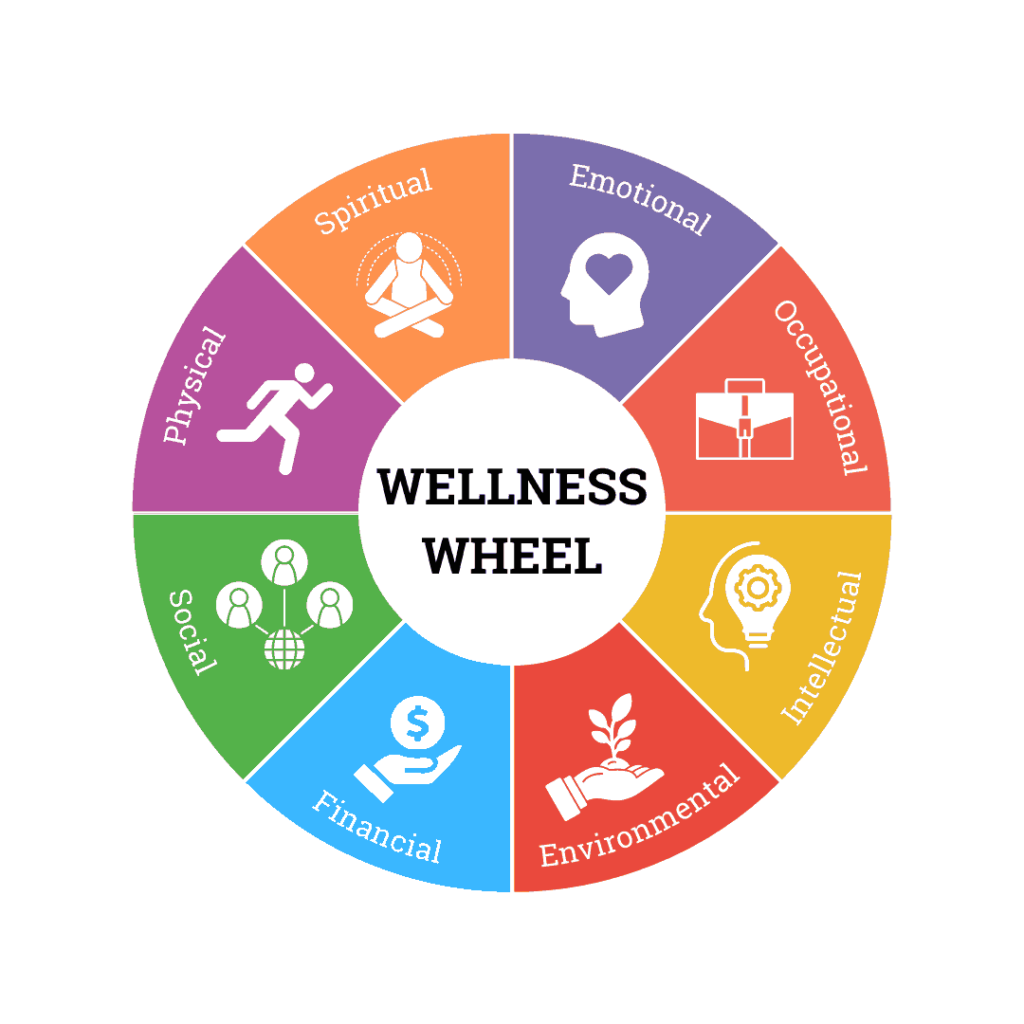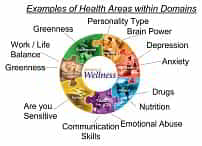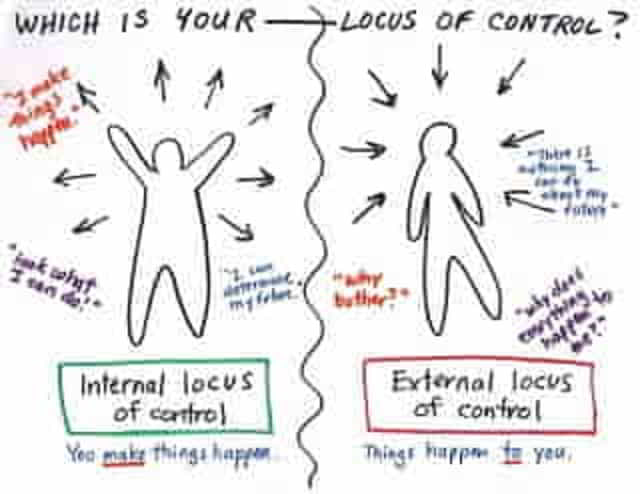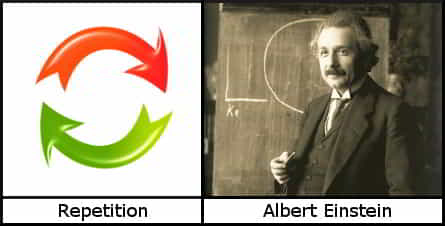Your Dashboard Tools
it's 11 Apr, 2025 11:18 am
Laughter exercises
field_5f0c304c72876 - is the title of the exercise
Exercise Summary
The following was published by Laughter ONLINE UNIVERSITY:
Laughing exercise: If you love to laugh you’ll love this how to guide!
Are you looking for a laughing exercise guide to kick-start your natural laughter and feel better in body, mind and spirit? If so you have come to the right place!
The Laughter Wellness method is a new wellness modality that intentionally puts the energy of laughter into motion to create and sustain positive energies for the body, mind and spirit.
Laughter Wellness shows how to safely and reliably promote health through laughter, joy and human connections, while at the same time developing a more resilient, positive attitude in life. It is a fully codified and substantiated approach to Laughter Therapy that is easy to implement.
Main Activity
Take action and do the exercises
Warm-up exercises
Warming up is a good idea before engaging in any kind of physical exercise, laughter included. Here are some options for you to consider:
Pretend you are a cat. Stretch your muscles in every way they’ll go;
Why not dance? There are lots of choreographed videos online that you can use to get inspired. Start with http://lou.pm/dance;
Do the Calcutta laughter (http://lou.pm/calcutta): While pushing downward with both hands (palms facing down) dynamically chant Ho! Ho! Ha! Ha! for 1-2 minutes. Stop immediately if you start to feel dizzy;
Ask www.google.com for warm-up exercises if you want more standing up ideas (e.g. http://lou.pm/se), or be more specific and ask for seated warm-up exercises (e.g. http://lou.pm/sm.)
What is your favorite laughing exercise?
For a gentle workout alternate the laughter and breathing exercises suggested below, either seated, or lying on the floor on your back with knees bent.
Stick with any one exercise for as long as you want, or practice them in sequence for 20-30 seconds each (or more). It’s all up to you.
– 30 Second Laughter: Laugh non-stop for 30 seconds. You could shrug your shoulders, as if to say, “I don’t know why I am laughing.”
– Gradient Laughter: Smile, then start to giggle, slowly turning those giggles into a laugh. Gradually increase your laughter in tempo and volume.
– Happy Memories Chuckle: Go back in time and find a truly happy memory, typically of a time when you felt safe, loved, surrounded by people you loved, and when you all laughed. Take time to connect with this memory, laughing now as if you were back then. It normally takes 90-120 seconds to start to recreate the associated emotions.
– Hearty Laughter: Make an elongated “aeeee” sound as you slowly lift both arms all the way up, then laugh heartily with your hands pointed to the sky. Imagine that your laughter is coming straight from your heart.
– Humming Laughter Sounds: Laugh as you hum, mouth closed. Play with the pitch, up and down the scale, feeling the vibrations resonate through your body. As you get more adept at feeling the resonation, try and move it deliberately, through your chest, your jaw, your nose, your sinus cavities, your forehead, to the top of your head, and then back down again.
– Laughter Breath: Inhale deeply, then exhale in a combination of quick bursts of air coming out and finishing with vocal laughter. Repeat 5-7 times.
– Laughter Vowels: Laugh the sound of the following laughter vowels. Let’s start with: “A” as in “papa”: Aaaaa ha ha ha ha ha. Then “E” as in “free”: Eeeee he he he he he. Next is “I” as in “pie”: iiiii hi hi hi hi hi. Next is “O” as in “Bingo”: Ooooo ho ho ho ho ho. Last is “U” as in “soup”: Uuuuu hu hu hu hu hu.
– Voice Reinforcement Technique: Take a long breath and elongate your vowels saying “Haaaa Haaaa Haaaa Haaaaa Haaa” five to seven times. Then try to laugh and keep laughing until you run out of breath. Repeat with “He”, “Ho”, “Hu”, etc.
– Laughter Sneeze: Sneeze and laugh: “ah, aaah, aaaaaaaah ha! ha! ha!”
– Yawning Laughter: Laugh as you yawn and try to make someone else yawn.
Breathing exercises
– Discovery Breath: Close your eyes and take a moment to notice your own breathing. When you breathe in, notice the different stages. When is your breath tight? When does it flow freely? When is it quick? When is it slow? What parts of your body are engaged in breathing? At what stages are you using them?
– Hands Awareness: Relax your breath as you do the following exercise. Become aware of your hands. Take turns rubbing and stroking them. Allow them to open softly, from the center of the palm. Let this movement flow all the way to the fingers on the inhale and swing back on the exhale, so that the palm and fingers softly open, then contract. Place one hand on your right or left thigh and sense both the hand and the leg under your hand. Stay there for a few breath cycles and sense your breath moving
– Hands Push And Pull: With your arms, smoothly follow the rhythm of your breath. Make a big smile as you inhale, pushing your hands straight out in front of you. Exhale and relax as you pull them back toward you. Repeat a few times.
– Humming: With eyes closed, take a long breath in and hum it out, actually saying the word “Hummm…” with upper and lower lips just touching each other. Vibrations are felt throughout the facial muscles, sinuses and eventually in the head. Keep going for a couple of minutes.
– Smell A Flower: Pick an imaginary flower and smile as you deeply inhale its most enjoyable scent. Exhale and repeat.
– Smile Mask. Inhale as you put a smile mask on. Exhale as you take it off and relax.
– Soft Inhale Vigorous Exhale: Smile as you inhale a complete breath very slowly and steadily taking as much time as possible for inhalation. Hold the breath a few seconds. Exhale quickly in one vigorous breath with the mouth wide open. This should be done instantly and your mouth should be wide enough to insert four fingers vertically between the teeth, or as close to this ideal as you can comfortably get. Repeat a few times. Relax.
– Tree In The Wind: Smile as you inhale deeply. Then exhale gently waving your hands and arms around as if they were leaves or branches swaying in the wind. You can do this silently or with a soft breathy sound.
– Window Of Opportunity: Take a deep inhalation and make a big smile as you open imaginary curtains to a new life awaiting you. Rejoice at what you see. Let the sun shine in. Then open another imaginary window and repeat. Do this a few times, continuing to see new opportunities.
– Whistle Drawing: Take a deep inhalation, then whistle the word “LAUGHTER” in the air. If that’s easy, repeat with longer words and whistle “WONDERFUL” or “I AM AMAZING”…
Keep the laughter going with these 5 essential laughing exercise techniques
– Conditional training: Laugh every time you take a shower, or open the door of your car, fridge, bedroom…
– Holy Laughter: A few churches in the USA use laughter for inner healing, and it works for them. Here is what Rev. John and Pattie Chappell (www.laughcry.org) recommend you do: “When you are feeling discouraged or have hurts that need healing, close your eyes, force yourself to raise your head, and begin praising the Lord in tongues or English for a minute or two. Then begin saying ‘Hee, hee, ha, ha, ho, ho!’ and repeat it several times. If you cooperate with the Holy Spirit, this will usually release a flow of holy laughter. If that doesn’t work, try saying, ‘Ho, ha, hee, hee’ or ‘ho, ho, hee, hee, ha, ha! This is not being silly. It is being spiritual! God takes the “foolish things of the world to confound the wise.” These words are holy words, heavily anointed by the Holy Spirit, and amazingly effective. To the natural mind, this “method” is so absurd, so ridiculous, but it will usually produce holy laughter in anyone. God’s methods bear fruit.”
– Laughing when you don’t feel like it: Why not gently giggle while doing things you don’t like doing, e.g. repetitive household chores like washing dishes, mopping floors, vacuuming, hanging clothes, or cleaning windows? If you have to do these tasks but dislike doing them, this will ease your perspective and make them less daunting. Say and repeat “haaaaaa haaaaaa haaaaaa” for as long as necessary when you start to get upset and it will help protect you from developing a negative mood.
– Liberated Laughter: Stand in front of a mirror and look seriously at your face. Then, begin to practice different smiles – big ones, little ones, crooked ones, quick ones, long ones, pretty ones, silly ones, etc. After smiling, begin to practice laughs. Pretend you are an actor and need to laugh for a part you are playing. Try short laughs, loud laughs, titters, chuckles, cackles and snorts. Work at laughing until you feel it becomes real. In time you will become a “liberated laugher.” Notice how positively it affects your day.
– Singing Laughter: Sing nursery rhymes with “Ha” instead of words, e.g. Roll Out The Barrel, Skip To My Lou, Yankee Doodle Dandy and so many more.
Video
Title
Summary
Play
Now you have to decide if you want this exercise to be part of your action plan.
If you don’t, then either hit the back arrow or click the button to go back to look at another exercise.
If you do, then carry on down the page and follow the instructions.
If you want to include this exercise in your action plan, select Yes from on the right then click the green button saying ‘Include this exercise’.
Sadly you’ll go back to the top of this page – please scroll down and fill in the bits that appear before here.
Add a comment
You can leave a comment below – we’ll get back to you.









